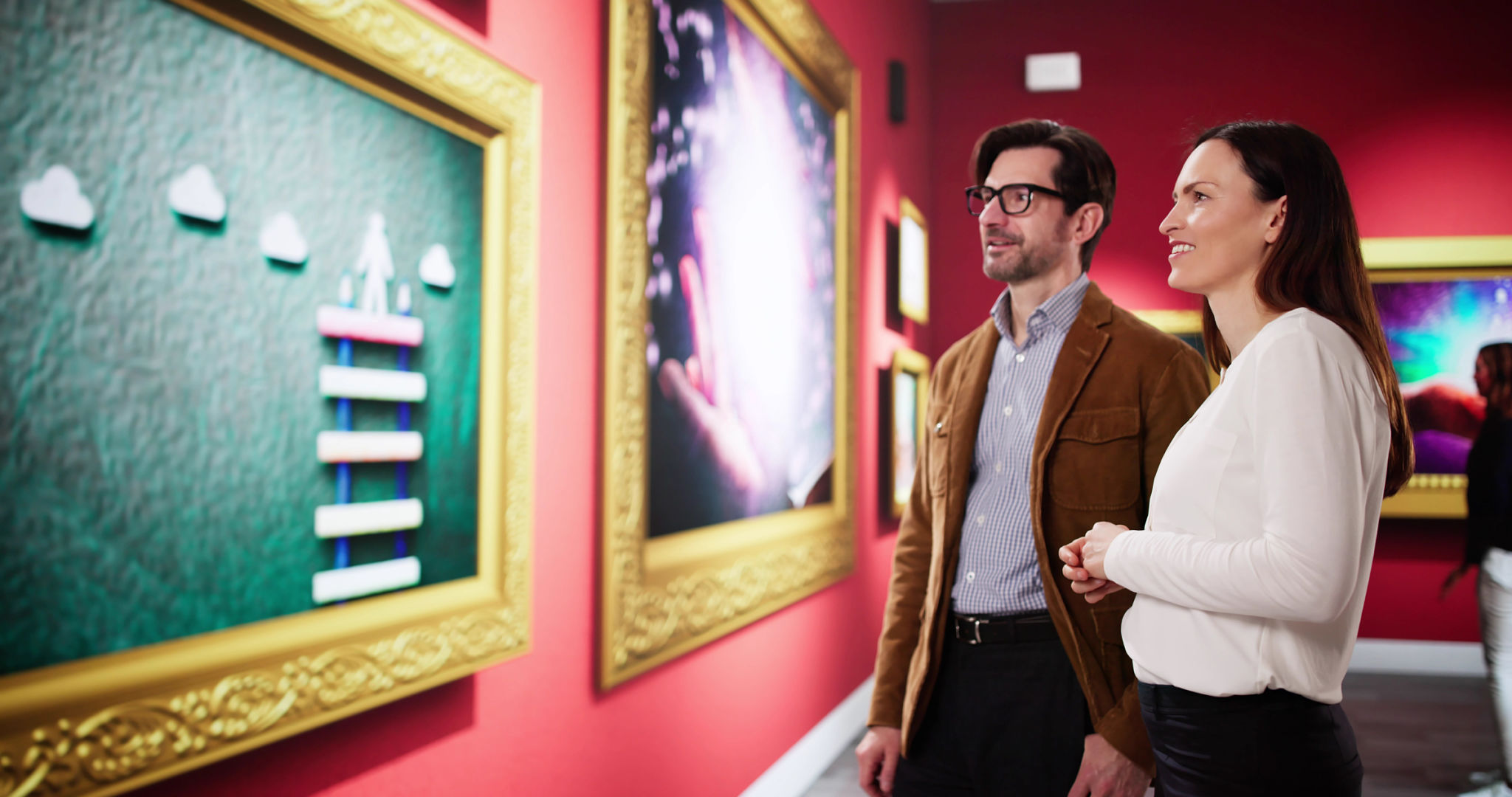How to Appreciate Art: A Beginner's Guide from ARAW Gallery
Understanding Art: The Basics
Art is a vast and diverse field, encompassing a range of styles, mediums, and cultural influences. For beginners, it can be overwhelming to know where to start. The first step in appreciating art is understanding that there is no right or wrong way to experience it. Each individual’s interpretation is unique and valid.

To begin your journey, familiarize yourself with the basic elements of art: line, shape, color, texture, and form. These components are the building blocks that artists use to convey their messages and emotions. Observing these elements can enhance your understanding and appreciation of any piece of art.
Exploring Different Art Forms
Art comes in many forms, from paintings and sculptures to digital media and installations. Each form offers a different way to experience creativity and expression. Visit local galleries and museums to see a variety of artworks up close. Don’t hesitate to explore different genres, such as abstract, contemporary, and classical art.

When viewing art, take your time. Consider the artist's use of color and composition. How do these elements make you feel? What story or message do you think the artist is trying to convey? Reflecting on these questions can deepen your engagement with the artwork.
Developing Your Personal Taste
As you explore different artworks, you’ll start to notice certain styles or artists that resonate with you. This is the beginning of developing your personal taste. Keep track of these preferences and seek out more works that align with them. Over time, you’ll find that your taste may evolve and expand.

Engage with art communities online or join local art clubs. Discussing art with others can provide new insights and perspectives that enrich your understanding. Remember, art appreciation is a personal journey, and everyone’s path is different.
Learning from Artists and Experts
If you’re eager to deepen your knowledge, consider attending artist talks, workshops, or lectures. These events offer a wealth of information from those who are passionate about art. Additionally, reading books and articles by art critics can provide a broader context for understanding the art world.
Don’t forget to make use of technology. Many galleries offer virtual tours and online resources that can enhance your art education. Podcasts and video documentaries are also excellent ways to learn more about artists and their work.
Practicing Patience and Openness
Appreciating art is a skill that develops over time. It requires patience and an open mind. Allow yourself to be curious and explore without judgment. Art is meant to provoke thought and emotion, and there’s no rush in discovering its depths.

In conclusion, art appreciation is a rewarding journey that can enrich your life in countless ways. By immersing yourself in the world of art, you’ll discover new perspectives and perhaps even find inspiration for your own creative endeavors.
